Willem de Kooning (1904-1997)
Get a Kooning Certificate of Authenticity for your painting or a COA for your Kooning drawing or sculpture.
For all your Kooning artworks you need a Certificate of Authenticity in order to sell, to insure or to donate for a tax deduction.
How to get a Kooning Certificate of Authenticity is easy. Just send us photos and dimensions and tell us what you know about the origin or history of your Kooning painting, drawing or sculpture.
If you want to sell your Kooning painting, drawing or sculpture use our selling services. We offer Kooning selling help, selling advice, private treaty sales and full brokerage.
We have been authenticating Kooning and issuing certificates of authenticity since 2002. We are recognized Kooning experts and Kooning certified appraisers. We issue COAs and appraisals for all Kooning artworks.
Our Kooning paintings, drawings and sculptures authentications are accepted and respected worldwide.
Each COA is backed by in-depth research and analysis authentication reports.
The Kooning certificates of authenticity we issue are based on solid, reliable and fully referenced art investigations, authentication research, analytical work and forensic studies.
We are available to examine your Kooning painting, drawing or sculpture anywhere in the world.
You will generally receive your certificates of authenticity and authentication report within two weeks. Some complicated cases with difficult to research Kooning paintings, drawings or sculpture take longer.
Our clients include Kooning collectors, investors, tax authorities, insurance adjusters, appraisers, valuers, auctioneers, Federal agencies and many law firms.
We perform Willem de Kooning art authentication, appraisal, certificates of authenticity (COA), analysis, research, scientific tests, full art authentications. We will help you sell your Willem de Kooning or we will sell it for you.
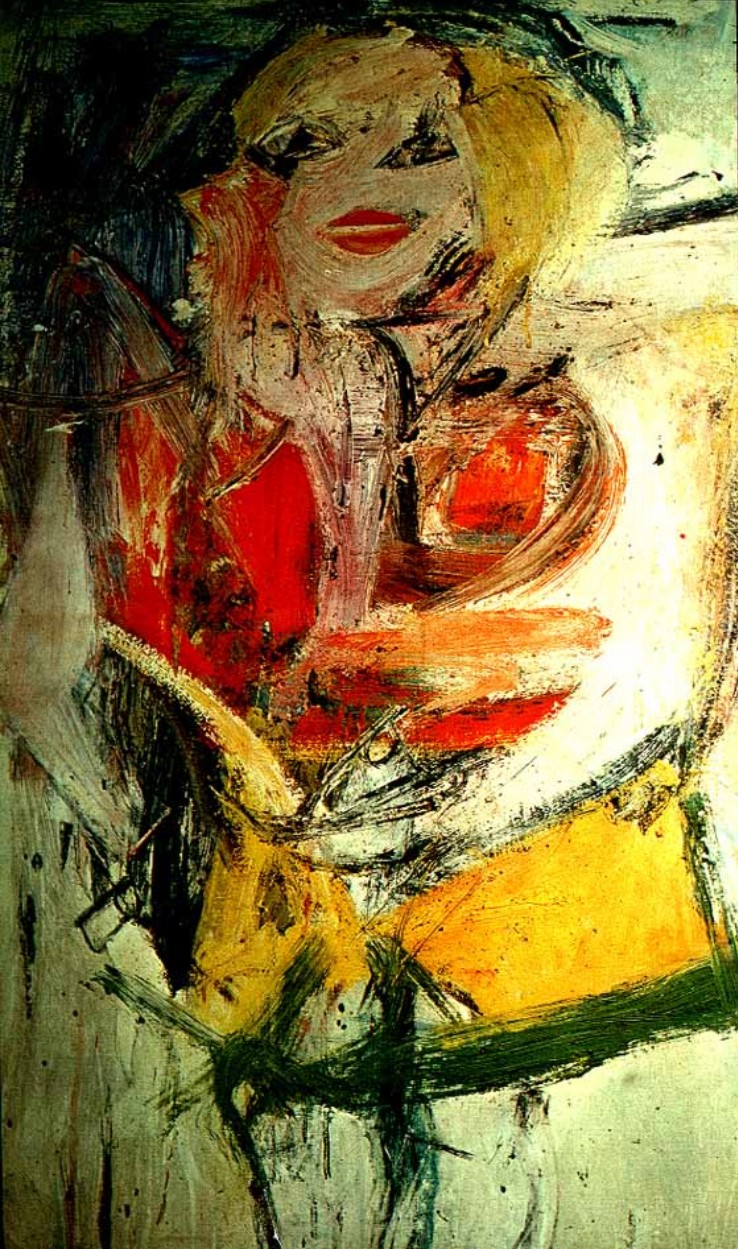
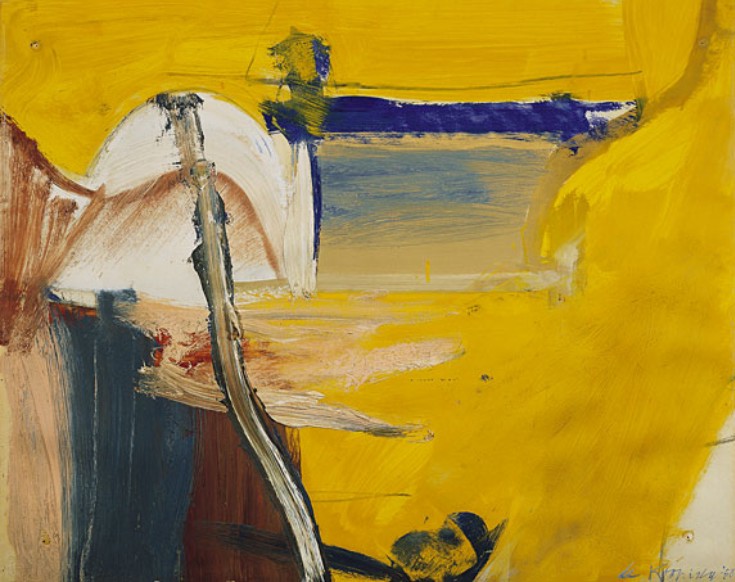
Willem de Kooning was an American Abstract Expressionist painter who was born in Rotterdam, the Netherlands. Some art critics have called him the leader of the Abstract Expressionist movement, perhaps even surpassing Picasso in his important contributions to this movement. Though art historians may argue as to whether or not he was the leader in this movement, de Kooning was undoubtedly a pioneer in the field of Abstract art. This is evident simply by looking at recent auction records, which value his work in the excess of $27 million dollars.
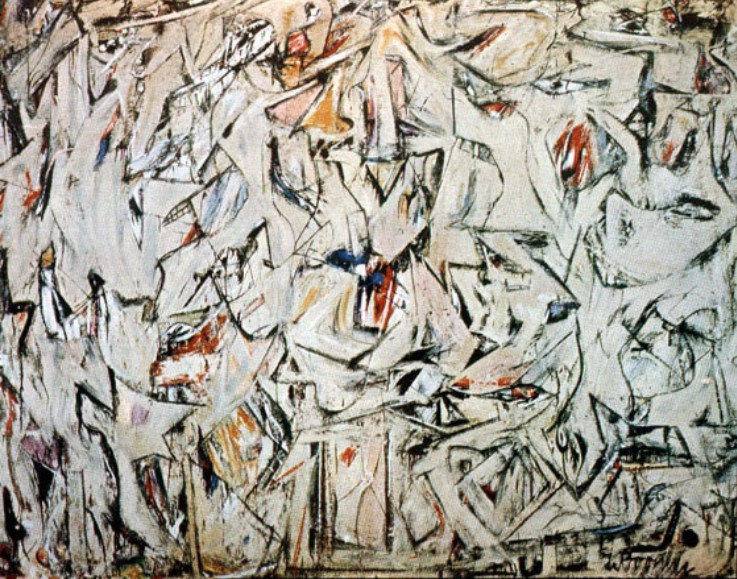
De Kooning initially began his studies at the Academie van Beeldende Kunsten en Technische Wetenschappen in Rotterdam. At night he would work as an apprentice at a commercial art and decorating company, and later, working for an art director. He traveled to Brussels and Antwerp in 1924 to continue his studies and in 1926; he left the Netherlands for The United States. He settled briefly in New Jersey before moving to New York in 1927. Once in New York, he met and became friends with fellow artist Arshille Gorky whom he would eventually share a studio with.
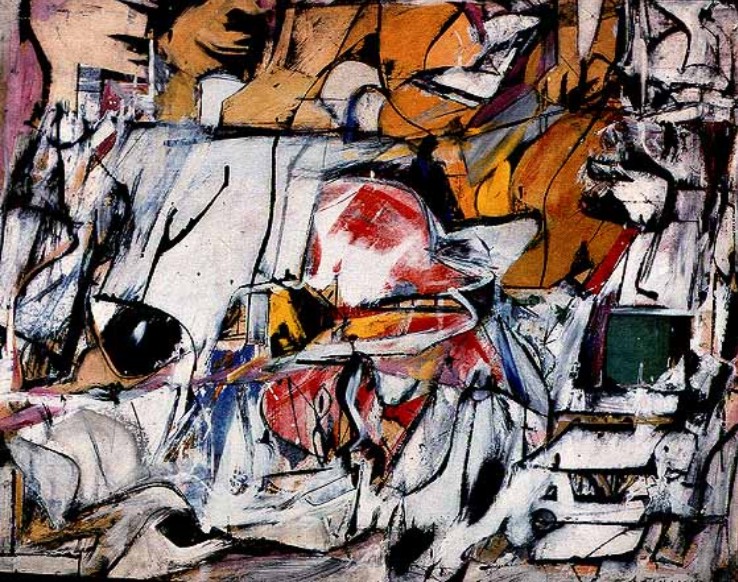
In his early years in New York, de Kooning took on odd jobs until he obtained a position with the WPA Federal Art Project in 1935. Shortly thereafter, he was able to paint on a full time basis. It was around this time, that de Kooning embraced the newly emerging styles of Cubism as well as Surrealism, and drew influences from his friend Gorky as well as Picasso.

Much like fellow Expressionist painter Jackson Pollock, de Kooning was an action painter, and created compositions that were just as chaotic as Pollock, yet with his own distinguishing touches. One of his trademark series began in 1938, and was known as simply “Women.” This would become a recurring theme for de Kooning, and featured women in a way few other Abstract Expressionist artists were at the time.
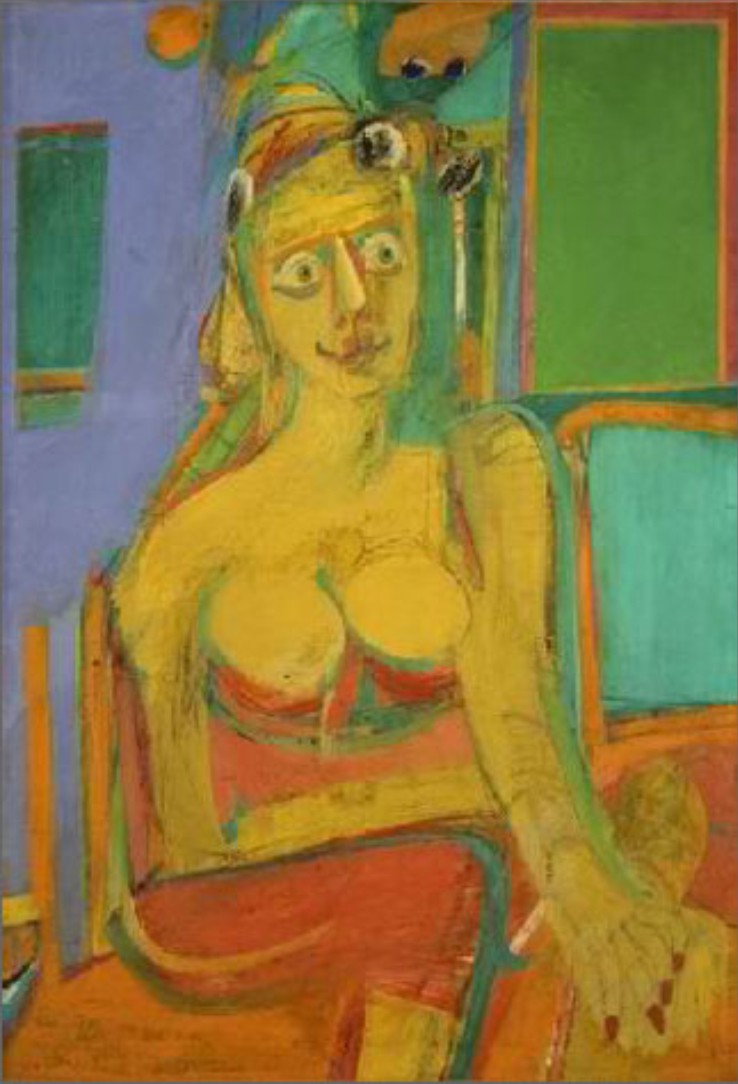
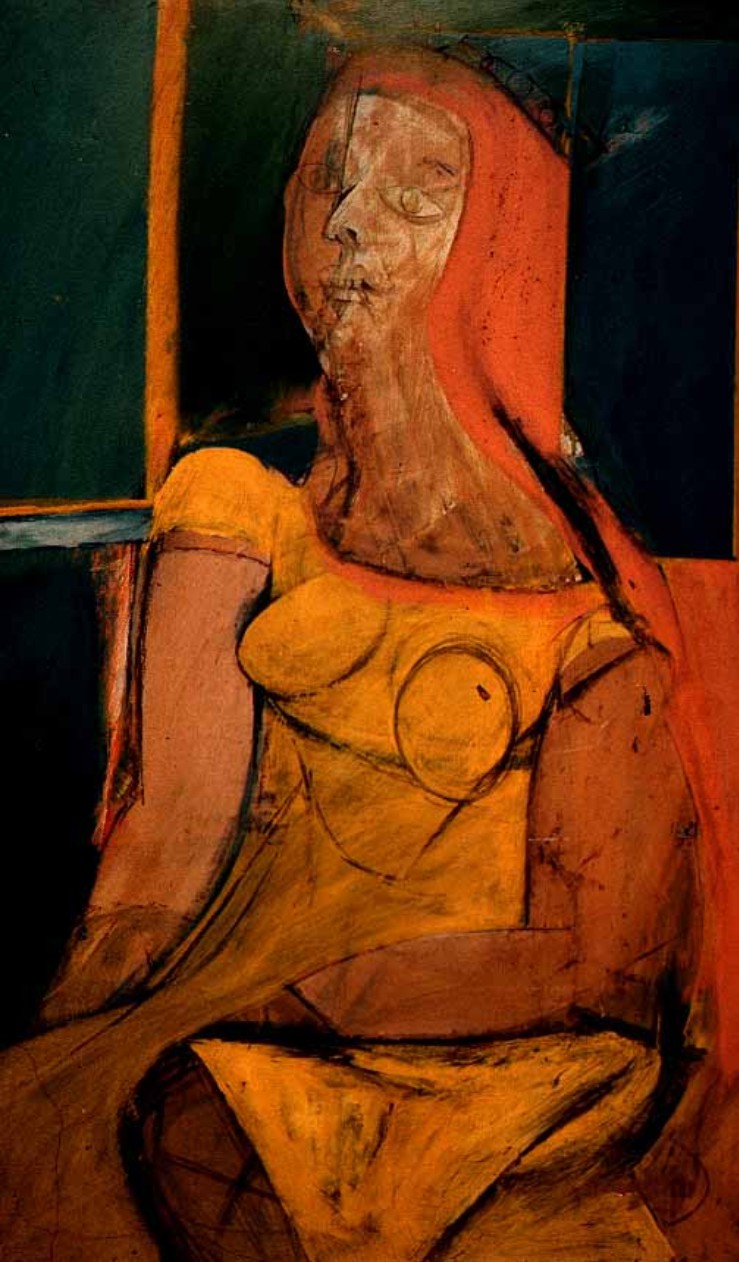

It wasn’t until de Kooning held his first solo exhibition in 1948 that he had truly arrived as a major artist. This exhibition featured black and white abstractions which helped to launch his reputation as a respected figure in the art world. In the 1950’s, de Kooning picked up on his “Women” series again, followed by a period of urban landscapes, rural landscapes, and in 1960’s another series of “Women.”
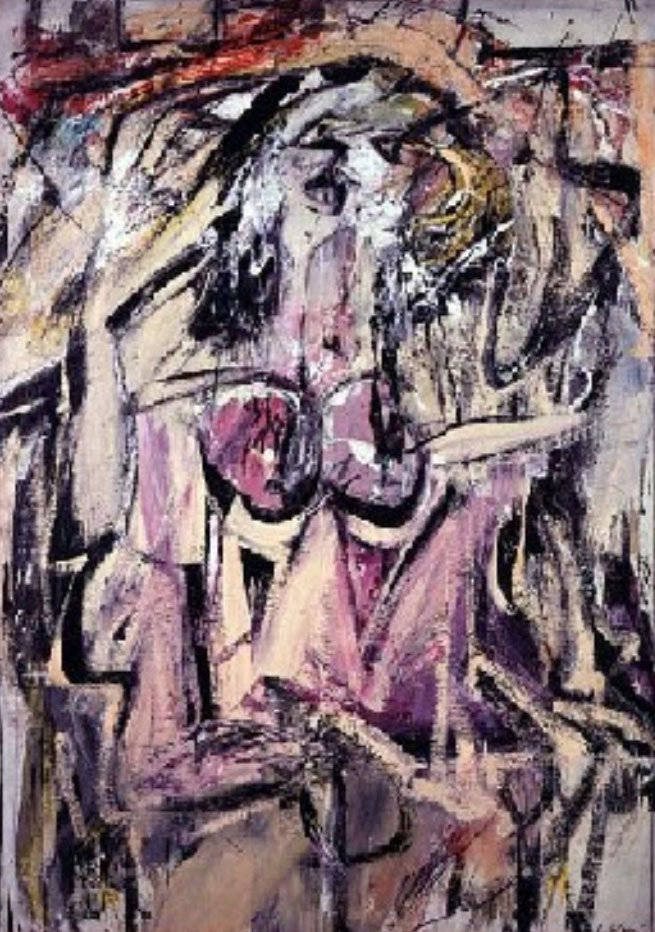
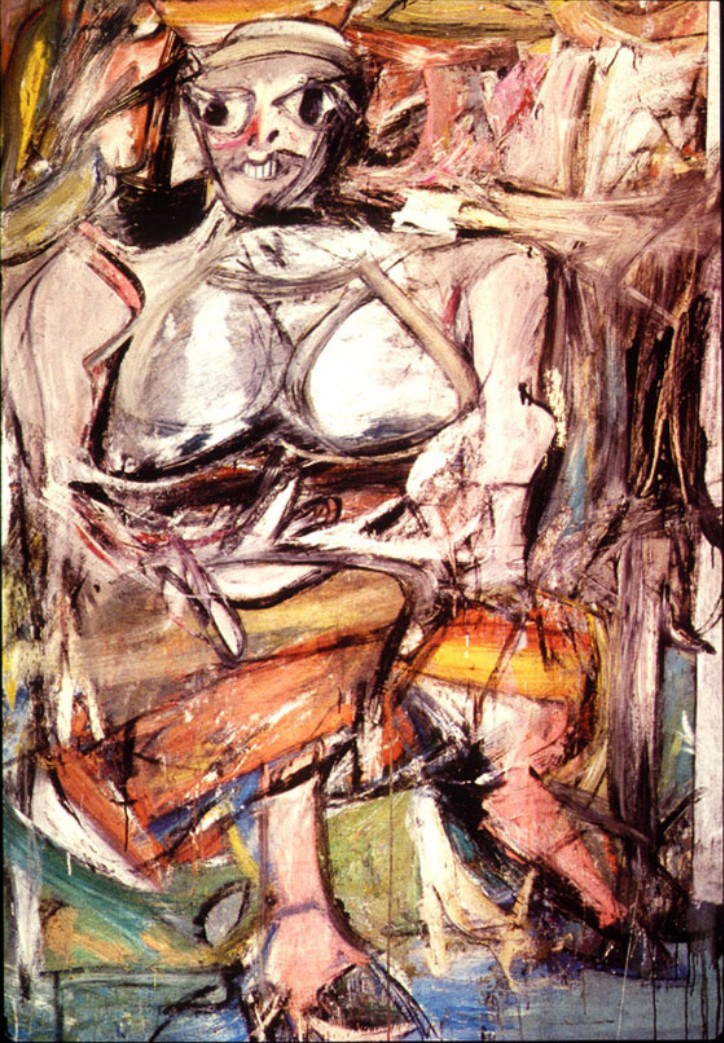

De Kooning returned to the Netherlands in 1968, his first visit in 42 years, for the opening of his retrospective at the Stedelijk Museum in Amsterdam. While in Europe, he began to work more with a new medium, clay and later, bronze, while he was in Rome in 1969. This would lead de Kooning to later produce life sized figures.
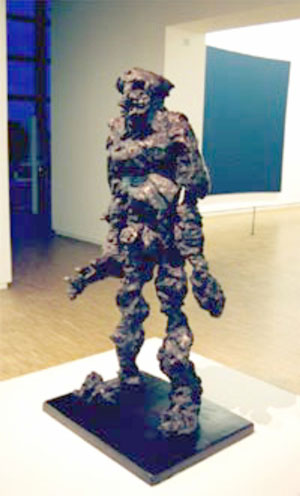
He spent the rest of his life traveling and exhibiting all over the United States, and finally settled in Long Island, NY in 1963. He received the Andrew W. Mellon prize in 1979, and was honored with a retrospective at the Museum of Modern Art in New York the same year he died, 1997.
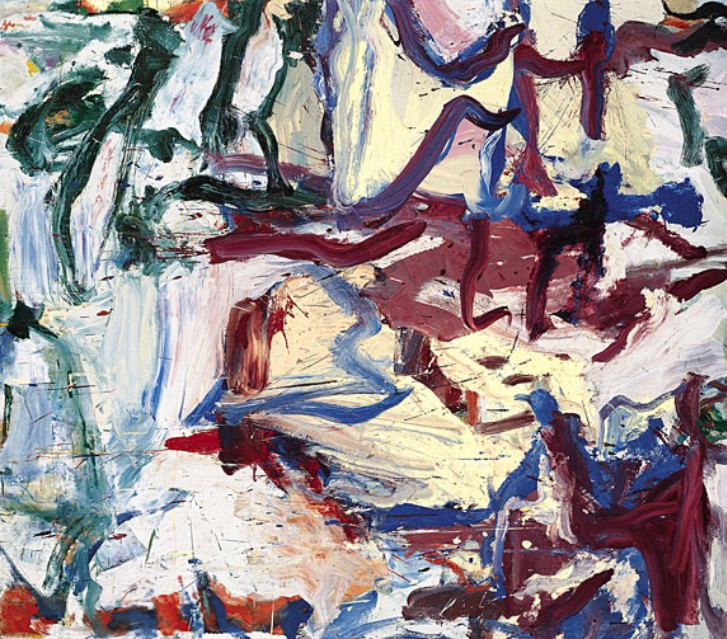
Today, de Kooning’s work is housed in modern art museums all over the world, and perhaps in your own home. He remains one of the great American masters of the mid to later 20th century, and any his work is in greater demand today than ever. One of his original Abstract Expressionist pieces could be worth millions of dollars, and could exist anywhere from the United States to Northern Europe. Still wondering about an Abstract Expressionist piece in your family estate? Contact us…it could be by Willem de Kooning.
Reviews
1,217 global ratings
5 Star
4 Star
3 Star
2 Star
1 Star
Your evaluation is very important to us. Thank you.
